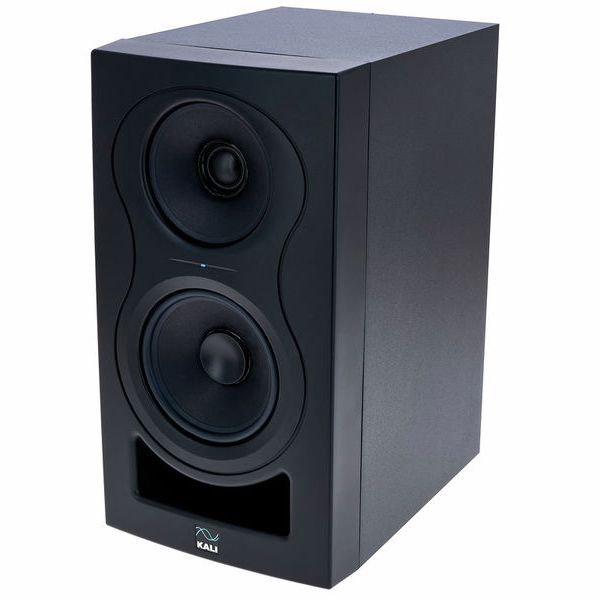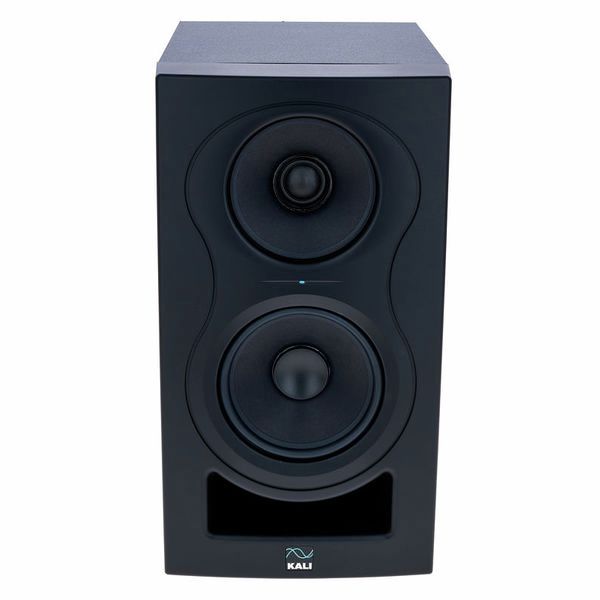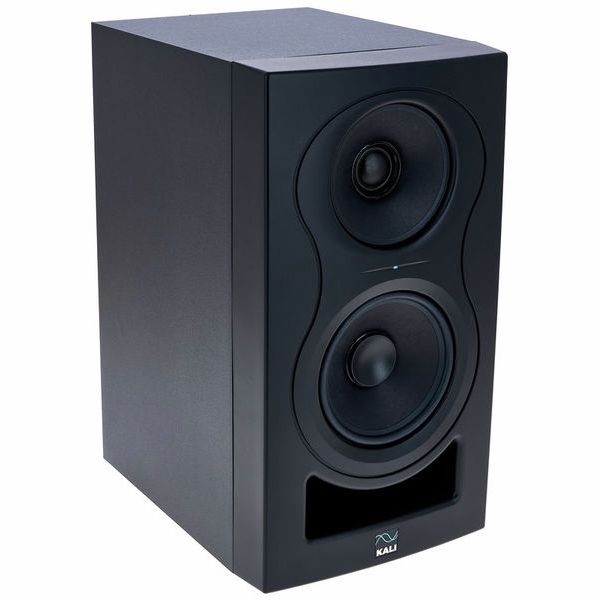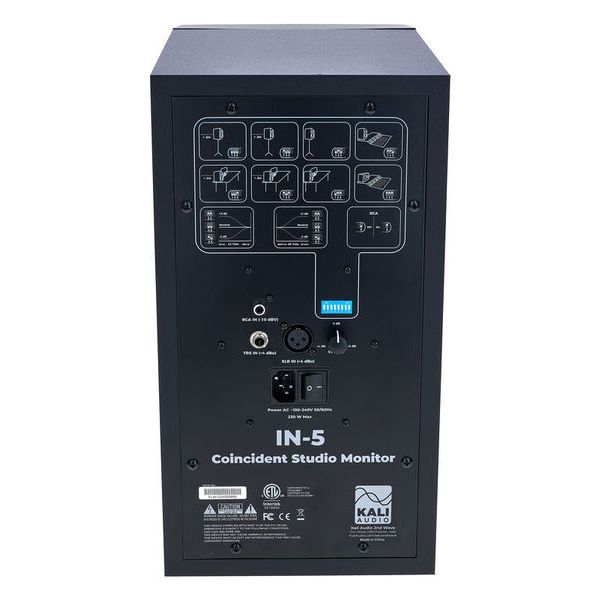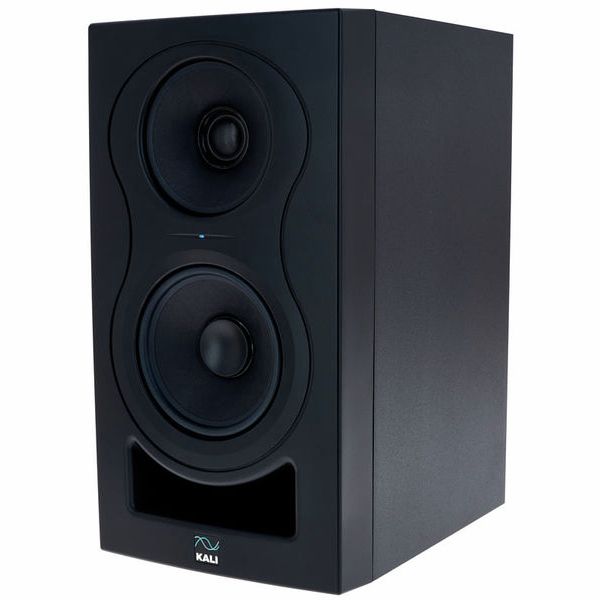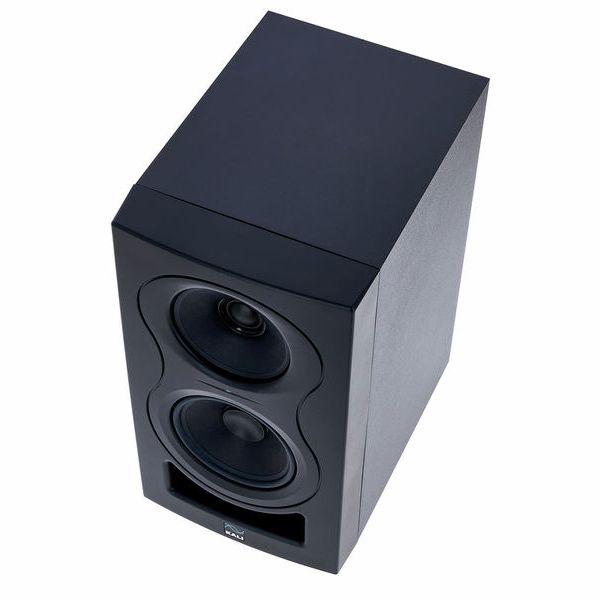This monitor is well designed, and offers a good balance of desirable properties. The coaxial tweeter + midrange combo delivers all the imaging advantages of the coaxial design, while offloading the bass frequencies to a dedicated woofer fixes the biggest problem with coaxials, which is that the moving bass cone provides an unstable wave guide for the tweeter, leading to intermodulation distortion. This means, when the tweeter sits inside a woofer, kick drum hits will distort the treble at higher sound levels. It can sound quite ugly!
A midrange driver has much less cone movement, so this common coaxial problem is no longer audible for this monitor.
A dedicated woofer can also be designed to go deep without having to be compromised to give good midrange performance. And splitting off the midrange frequencies from the woofer also means you won't get as much uncontrolled midrange frequencies leaking out through the bass reflex port.
The end result is a design that solves most major issues in speaker design elegantly. So what you get here is a "big 3-way monitor" kind of sound, in a small and affordable package that fits both your tiny home studio room and your tiny wallet!
Well, "smallish" might be a better word, these speakers are actually quite large for only having a 5" woofer. This is probably because the midrange speaker also needs some volume of its own.
While these monitors are very good, and an exceptional value, they aren't perfect. The boxes are made from too thin material and sound like bongos when you tap them... Not good! These undamped cabinet resonances color the sound and make the lower midrange sound a bit muddy. And the waveguide transition from the tweeter to the midrange cone is abrupt and non-smooth, leading to some deviations from a straight frequency response in the treble region.
That said, they do sound very good, and have a full range tonal character that extends deep in the bass, and they provide an excellent sound stage. I think they're a marvelous choice for a small home studio, especially if you require the ability to pump out some convincing low frequencies without distorting the treble.
But if you can live with a less extended bass and don't play bass heavy music loudly while mixing, then the Tannoy Gold 5 offers a more precise midrange with greater clarity and separation. That's a 2-way coaxial though, so it does suffer from the intermodulation distortion problem of that design. I would say the Tannoy is an even better monitor than the Kali, but its inherent limitations may make you prefer something else. Like these!


